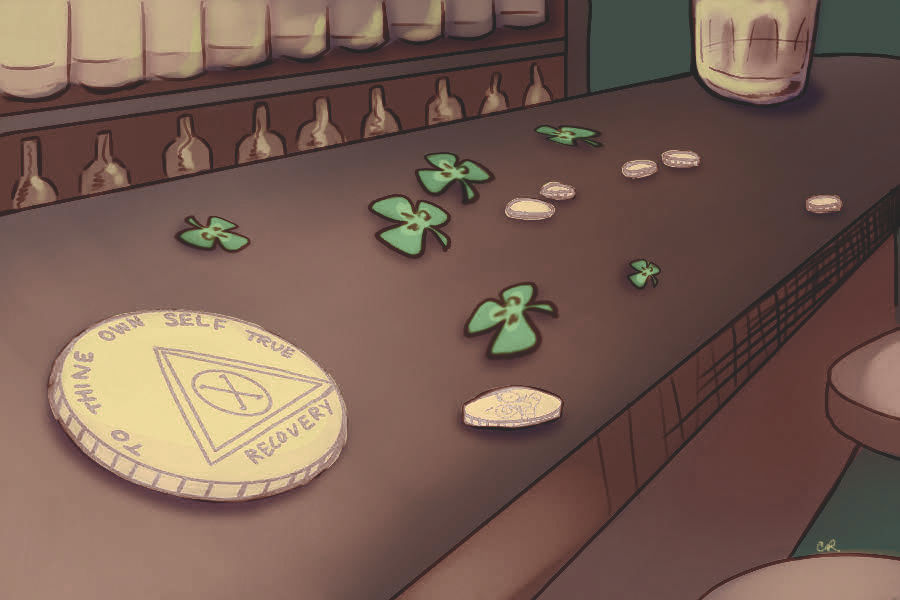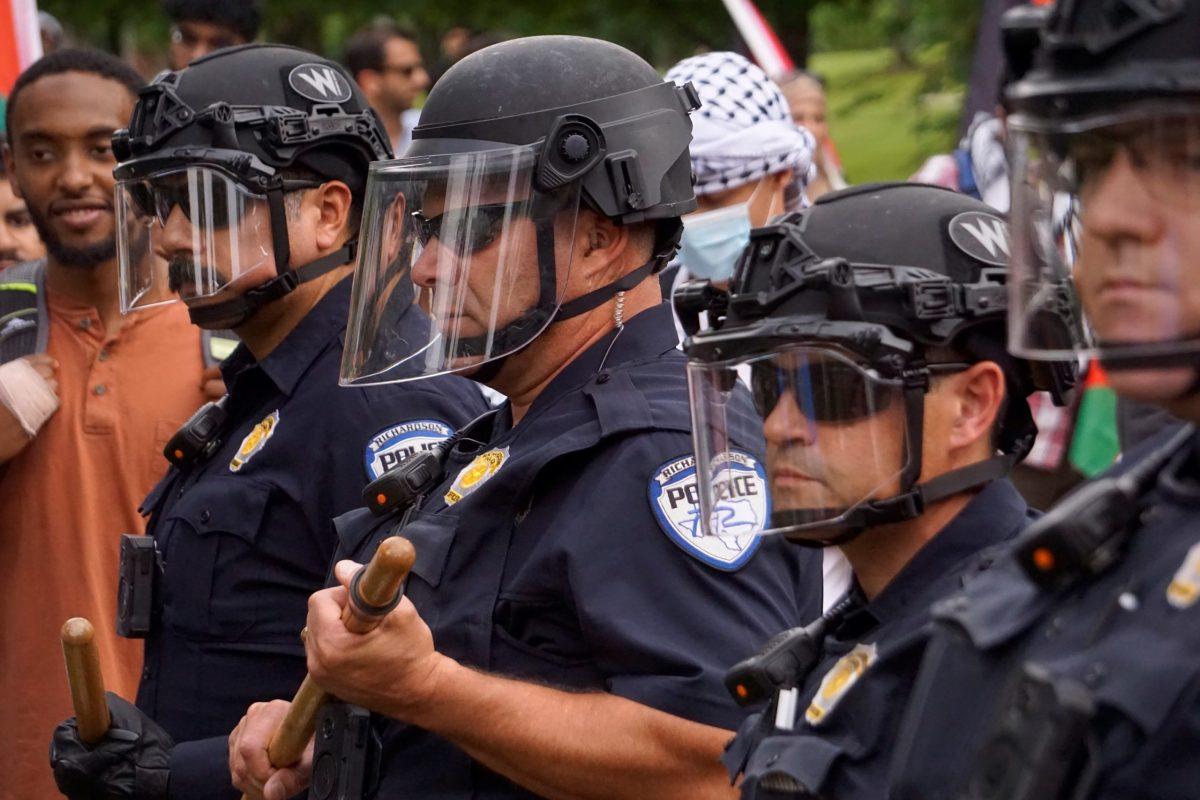As March ends and Irish Heritage Month draws to a close, it is important to recognize the true meaning of Saint Patrick’s Day — and it’s not alcohol abuse.
Imagine a classic Saint Patrick’s Day party. College students across the country wear green, put on a flamboyant orange beard and drown their sorrows in liquor — all a cartoonish caricature of an Irish person. The weekend contributes to an annual spike in alcohol-related deaths, with 287 lives lost to drunk-driving crashes on Saint Patrick’s Day weekends from 2016 to 2020, according to the National Highway Traffic Safety Administration. Saint Patrick’s is a time for all Americans — particularly party-obsessed young people — to legitimize toxic and dangerous alcohol use. Because it’s Irish culture, right?
Wrong. It is true that alcohol is a large part of Irish culture, but too many Americans turn it into an offensive stereotype. Obviously, for reasons both good and bad, alcohol is involved in many Irish holidays. But drinking is not the end goal, and yet it is woven into a misinterpretation of Irish culture that has twisted many traditions across our country. And when people overemphasize reckless alcohol consumption, they ignore the true nuances of our relationship with the substance and turn drinking into a caricature of fun-loving, while simultaneously ignoring the horrible effects it has had on so many.
The core of Saint Patrick’s Day, where I’m from, always came down to a family gathering. Many still celebrate this as a family dinner, in addition to festivities like parades and traditional music. Like any holiday, it offers the chance to celebrate what you have and make merry with the people closest to you. And yes, that often includes alcohol. But the end goal is not to get blacked out like it’s your first time on the bottle. The goal is to connect with others and enjoy what little time we have on Earth.
Saint Patrick’s Day commemorates the date of death of Saint Patrick, the patron saint of Ireland. For early Irish immigrants to America, the holiday was a chance to remember their homeland and find group solidarity in a country that despised them. Before the group attained social mobility and political influence, the Irish were frequently portrayed in media as lazy, violent alcoholics or less evolved than other groups of Europeans, sometimes even pictured as literal apes. The caricature of the rowdy Irish drunk that partiers play up is nothing new.
Drinking the pain away is something any Irish person may be familiar with, but the Americans who play it up as a joke don’t really understand what it means to us. There is a reason we call the obituaries the “Irish sports page.” For Irish Americans, the obituaries have long served an important social function, allowing us to communicate with others we are close to but have been kept from by circumstance. Hard living conditions require a tight knit community, and for many in the Irish diaspora, this communion has been reinforced by suffering. It’s no secret that we have a fascination with the morbid, and part of that is due to our history. Irish immigrants to America have dealt with poverty, alcohol abuse and mental illness being passed down from generation to generation through a group that only recently attained social mobility.
It is a common joke among us to “stay away from the bottle,” only so commonly heard because of how endemic it is to a culture where addiction is rampant. In 2014, a World Health Organization report found that Ireland had the second highest rate of binge drinking in the world, and while rates have improved in recent years, alcohol abuse is still a systemic problem for the nation. Alcoholism is so common for us that in my family, the older generation used to refer to it simply as “the disease,” without having to specify. It is one of many mental afflictions that have haunted our people ever since the Famine.
Maybe casual partiers can go wild on Saint Patrick’s Day and easily return to some sense of normalcy. But for those predisposed to addiction, it’s not so simple. For us, that’s a one-way ticket to an early grave.
When Saint Patrick’s Day is reduced to a drinking contest, it tries to make alcohol abuse a quintessential Irish characteristic. This stereotype ignores the fact that despite all the dark parts of Irish history, we have managed to thrive. The Irish are known for a lively, colorful culture full of energy and wit that turns generational trauma into art. Some of the best-known poets and writers in the Western tradition hail from Ireland, including Oscar Wilde, William Butler Yeats and Jonathan Swift.
As far as the history of the Irish in America, Irish Americans laid the groundwork for common musical genres like country and bluegrass. They contributed to our country’s literary tradition with greats like F. Scott Fitzgerald and Flannery O’Connor. What’s more, through generations of manual labor, the Irish left permanent physical marks on this country. It has been said that in building New York City’s subways, Irish immigrants dug near as deep as skyscrapers are high. Legends like Mother Jones championed early labor movements despite several arrests and made strides against child labor in America.
But when college students dress in all green as an excuse to cripple their livers, they are not doing it because they have a deep appreciation for the history of the holiday. They don’t understand the full history of Ireland or Irish Americans, they don’t know the good and bad sides of our past and they don’t know all the ways that our trauma and resilience are woven into America today. They take one of the worst elements of our people’s history — alcohol addiction — and transform it into a grotesque caricature of what it means to be Irish.
So, this Saint Patrick’s Day, please, lay off the bottle. Attend the parade downtown or Irish cultural events in the area. Spend time with friends, family and those closest to you.






